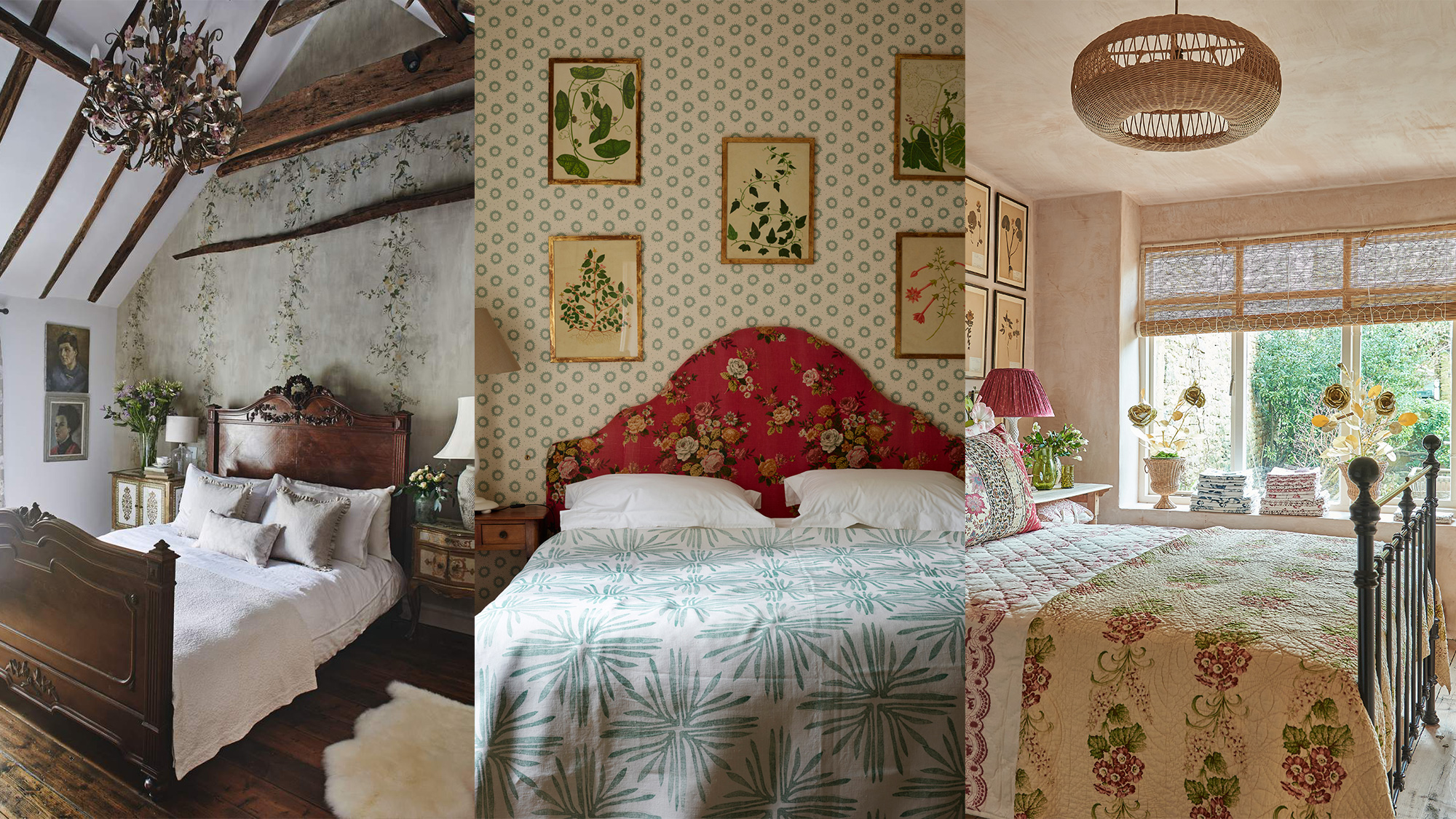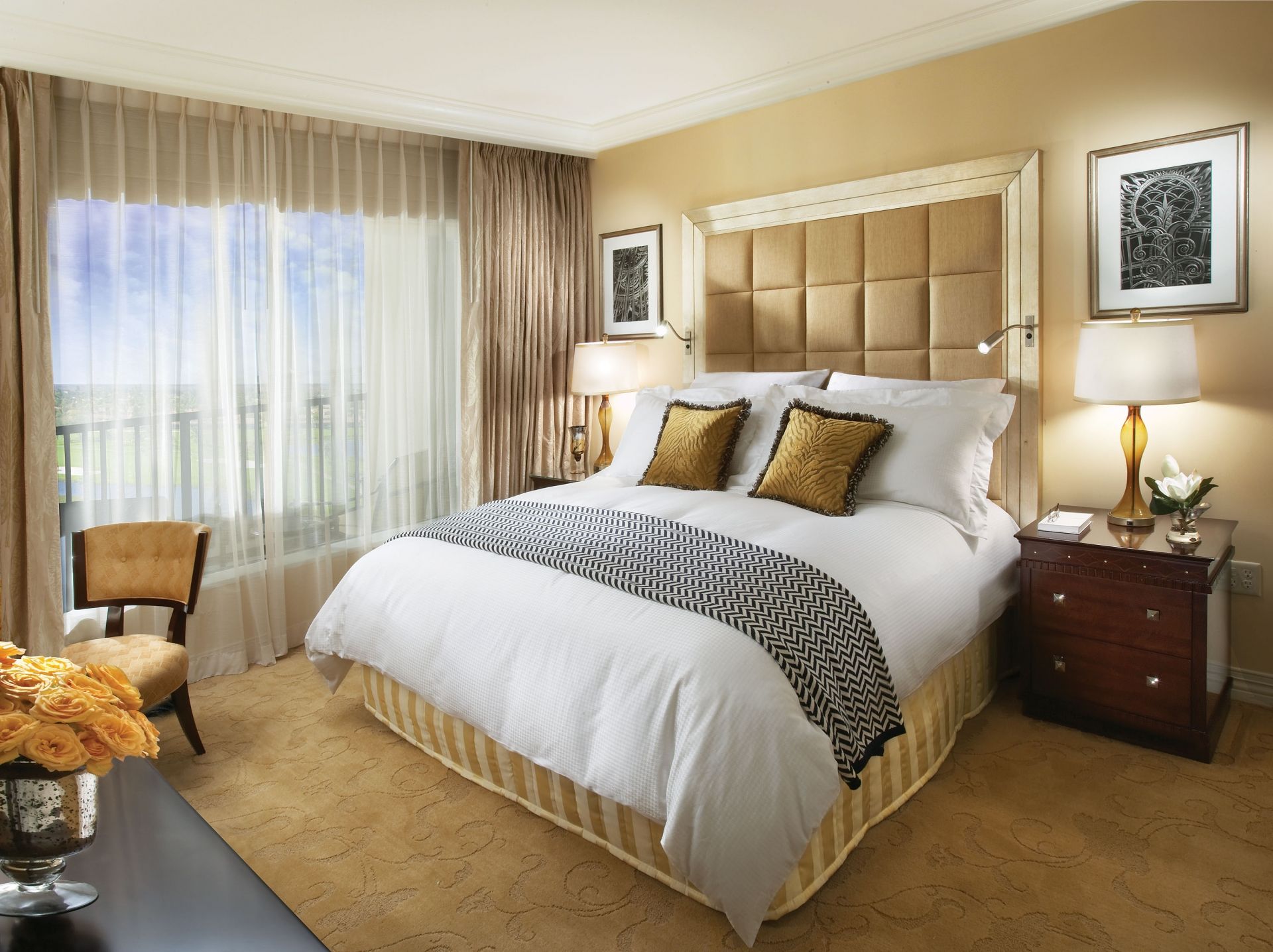Comfort and Accessibility: Bedroom Ideas For Seniors

A senior’s bedroom should be a haven of comfort and ease, catering to their unique needs and promoting independence. Creating a safe and accessible space allows seniors to age in place with dignity and grace.
Designing for Easy Movement
A well-designed bedroom layout considers the challenges of mobility that seniors may face. Prioritizing open pathways and minimizing obstacles is crucial for safe and independent movement.
- Wide Doorways: Ensure doorways are at least 32 inches wide to accommodate wheelchairs or walkers. This allows for easy access and maneuverability.
- Clear Pathways: Avoid clutter and furniture placement that obstructs walkways. Maintain at least 36 inches of clear space around furniture for easy navigation.
- Adequate Lighting: Well-lit pathways and rooms are essential for safe movement, especially at night. Use a combination of overhead lighting and task lighting for optimal visibility.
Choosing Furniture with Adjustable Heights
Furniture that adjusts to different heights can significantly enhance comfort and independence for seniors.
- Adjustable Beds: These beds allow seniors to easily adjust the height of the bed, making it easier to get in and out. Some models even feature built-in massage features for added comfort.
- Height-Adjustable Chairs: Chairs with adjustable heights allow seniors to sit and stand comfortably, reducing strain on their joints. Look for chairs with sturdy armrests for additional support.
- Adjustable Tables: Tables that can be raised or lowered to different heights allow seniors to comfortably work, eat, or read while sitting or standing.
Assistive Devices for Enhanced Safety and Independence
Assistive devices can play a vital role in promoting safety and independence in the bedroom.
- Grab Bars: Strategically placed grab bars near the toilet, shower, and bed provide additional support and stability for seniors who may have difficulty balancing.
- Raised Toilet Seats: These seats make it easier for seniors to sit and stand from the toilet, reducing the risk of falls.
- Bedside Commodes: For seniors who have difficulty getting to the bathroom, a bedside commode can provide a convenient and safe alternative.
- Motion Sensor Lights: These lights automatically turn on when movement is detected, providing illumination in the dark and enhancing safety.
- Emergency Response Systems: These systems allow seniors to call for help in case of an emergency, providing peace of mind and ensuring quick assistance.
Safety and Security

A senior’s bedroom should be a safe and secure haven. This means creating an environment that minimizes the risk of falls, accidents, and other hazards.
Lighting
Adequate lighting is crucial for safety and security in a senior’s bedroom. Proper illumination helps prevent falls and accidents by making it easier to navigate the room, identify obstacles, and see clearly.
- Install bright, energy-efficient light bulbs in all fixtures, including ceiling lights, bedside lamps, and hallway lights.
- Use motion-activated lights in hallways and stairwells to illuminate the path automatically.
- Place nightlights in strategic locations, such as the bathroom, hallway, and near the bed, to provide soft illumination during nighttime trips.
- Consider installing dimmer switches to adjust light levels according to individual needs and preferences.
Non-Slip Flooring, Bedroom ideas for seniors
Non-slip flooring is essential for preventing falls, especially in bathrooms and bedrooms where water or spills may occur.
- Install non-slip tiles or rugs in areas where water is likely to be present, such as the bathroom.
- Choose carpets with a low pile or a non-slip backing for bedrooms to minimize the risk of tripping.
- Use non-slip mats in front of the bed, bathroom sink, and shower to provide extra traction.
Safety Features
Consider incorporating the following safety features into a senior’s bedroom to create a secure environment:
- Grab Bars: Install sturdy grab bars near the toilet, shower, and bathtub to provide support and stability during transfers.
- Nightlights: Place nightlights in strategic locations, such as the bathroom, hallway, and near the bed, to provide soft illumination during nighttime trips.
- Smoke Detectors: Ensure smoke detectors are installed on every floor of the home, including the bedroom, and tested regularly.
- Carbon Monoxide Detectors: Install carbon monoxide detectors on every floor of the home, including the bedroom, to detect dangerous levels of this odorless and colorless gas.
- Emergency Response System: Consider an emergency response system, such as a medical alert button, that allows seniors to quickly contact help in case of an emergency.
Tripping Hazards
Tripping hazards can be a significant safety concern for seniors.
- Clutter: Remove clutter from walkways, floors, and stairs to create a clear and safe path. This includes removing loose rugs, throw pillows, and other items that could pose a tripping hazard.
- Electrical Cords: Secure electrical cords to baseboards or walls to prevent tripping. Use surge protectors and extension cords only when necessary and in a safe manner.
- Uneven Surfaces: Repair or replace uneven surfaces, such as loose floorboards or cracks in the pavement, to prevent tripping and falls.
- Poor Lighting: Ensure adequate lighting in all areas of the bedroom, especially near doorways, stairwells, and other high-traffic areas.
Clutter-Free Environment
A clutter-free environment is essential for safety and security in a senior’s bedroom.
- Storage Solutions: Utilize storage solutions, such as shelves, drawers, and bins, to organize belongings and minimize clutter.
- Decluttering: Regularly declutter the bedroom to remove unnecessary items and create a more spacious and accessible environment.
- Clear Pathways: Ensure clear pathways around the bed, furniture, and doorways to facilitate easy movement and prevent tripping hazards.
